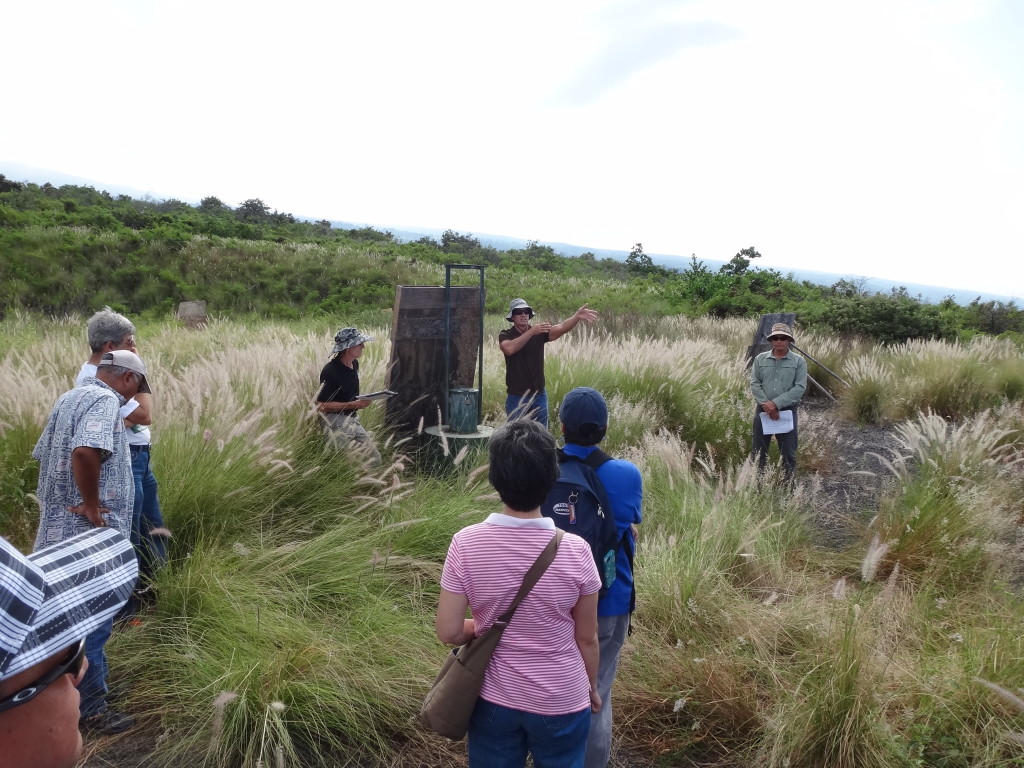
Last month, the Commission on Water Resource Management took an unprecedented, but widely applauded, step when it approved a request from the Department of Hawaiian Homelands for a reservation of its water rights in Kona.
The DHHL requested last December that the commission reserve 3.398 million gallons a day of water, the amount that it said was needed to serve as-yet undeveloped lands it owns in the Keauhou aquifer area. The department has around 1,500 acres in this region and is expecting to receive from the state around 360 more. If the department’s plans for full build-out are realized, DHHL beneficiaries will occupy more than 2,200 residential units on 600 acres, with the remainder occupied by commercial, industrial, agricultural, and community uses.
The Hawai`i Water Code, Chapter 174C of Hawai`i Revised Statutes, anticipates that the Water Commission will accommodate DHHL needs through the process of reservation of water rights. So far, the commission has approved three water reservations for DHHL, all in the mid-1990s, and all in areas that have been formally designated as groundwater management areas (two on O`ahu, one on Moloka`i).
What sets the Keauhou reservation request apart from the previous three is that it is for water in an area where designation has not occurred.
William Aila, former head of the Department of Land and Natural Resources and now deputy director of DHHL, acknowledged this in his testimony to the commission: “We are asking the commission to work with us to confirm that reservations will be protected in non-designated areas, the same as in designated areas. This is all new.”
Although the commission has adopted rules to address DHHL reservations in designated areas, it has none in place for reservations in areas where designation has not occurred. This prompted commission chair Suzanne Case to ask Roy Hardy, of the commission staff, what mechanisms existed to ensure that the reservation is honored by all parties involved.
“Good question,” Hardy replied. “Historically, the way the [Water] Code speaks to it, and the way we’re asking, is that this reservation be considered as part of authorized planned use” – in other words, that the county include the DHHL reservation as part of its future anticipated demand.
If by including this the authorized planned use “kicks us up to 90 percent” – one of the triggers for designation – “then that mechanism [for designation] will kick in,” Hardy said.
“So when the designation process kicks in,” Case said, “the mechanism is created” for ensuring that the DHHL reservation is protected.
Commissioner Kamana Beamer added that under the state Constitution, “the commission is charged with the security of the public trust. So whether or not [an area] is designated, that doesn’t get the commission off the hook in terms of its responsibility to the public trust.”
The reservation of water in the Keauhou area, he added, “is an interesting opportunity to the commission to ensure we’re meeting our obligations in non-designated areas.”
Alan Murakami, an attorney with the Native Hawaiian Legal Corporation, addressed the commission. “I’m appearing today in an unfamiliar role,” he said, going on to note that he had often been in litigation with both CWRM and DHHL. But today, he added, “we are in line with the department, as we have been in prior occasions involving the pursuit of water rights that remain unenforced.”
“Frankly,” he said, “this should not have been the first time reservations have been sought in a non-designated area. Under the Constitution, it is important that this be done as a legal matter, but it is also important from a planning perspective. Under law, it’s very clear that Section 221 [of the Hawaiian Homes Commission Act], imposed by Congress upon the state as a condition of statehood, the rights of the department are primary. They should be respected and publicly acknowledged and reinforced. … Section 221 is the powerful bedrock on which all these decisions should be based.”
Murakami went on to suggest that the incorporation of DHHL rights “be done in all CWRM decisions.”
“It does have an impact,” he said. “There have been statements about how drilling permits, et cetera, are ministerial … but if there is an application for pump installation in the future, for example, it is important to know if those wells would impinge on DHHL wells. The ministerial aspect of those kinds of decisions is broad enough to incorporate these concerns as well,” he said.
On the motion of Beamer, with a second from Jonathan Starr, the commission approved the reservation.
“We do have to find a way to do this in a non-designated area,” Beamer said. “I’m not comfortable with waiting until the 90 percent trigger is reached.”
— Patricia Tummons
Volume 25, Number 3 September 2015

Leave a Reply